PPT-A crash-course on the euro crisis
Author : myesha-ticknor | Published Date : 2019-11-22
A crashcourse on the euro crisis Markus K Brunnermeier amp Ricardo Reis Capital inflows and their allocation Section 2 The runup to the euro crisis A modern view
Presentation Embed Code
Download Presentation
Download Presentation The PPT/PDF document "A crash-course on the euro crisis" is the property of its rightful owner. Permission is granted to download and print the materials on this website for personal, non-commercial use only, and to display it on your personal computer provided you do not modify the materials and that you retain all copyright notices contained in the materials. By downloading content from our website, you accept the terms of this agreement.
A crash-course on the euro crisis: Transcript
Download Rules Of Document
"A crash-course on the euro crisis"The content belongs to its owner. You may download and print it for personal use, without modification, and keep all copyright notices. By downloading, you agree to these terms.
Related Documents





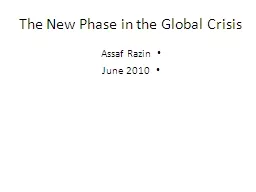
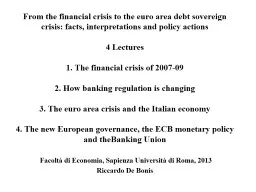


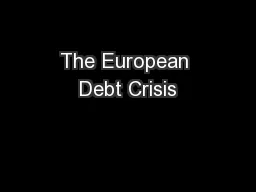

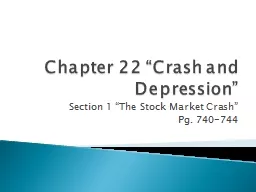
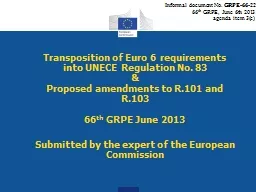
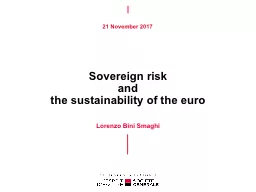
![[READ]-Fortran Crash Course + Hacking + Android Crash Course + Python Crash Course + XML](https://thumbs.docslides.com/972403/read-fortran-crash-course-hacking-android-crash-course-python-crash-course-xml-crash-course-hacking-xml-python-android-book-2.jpg)